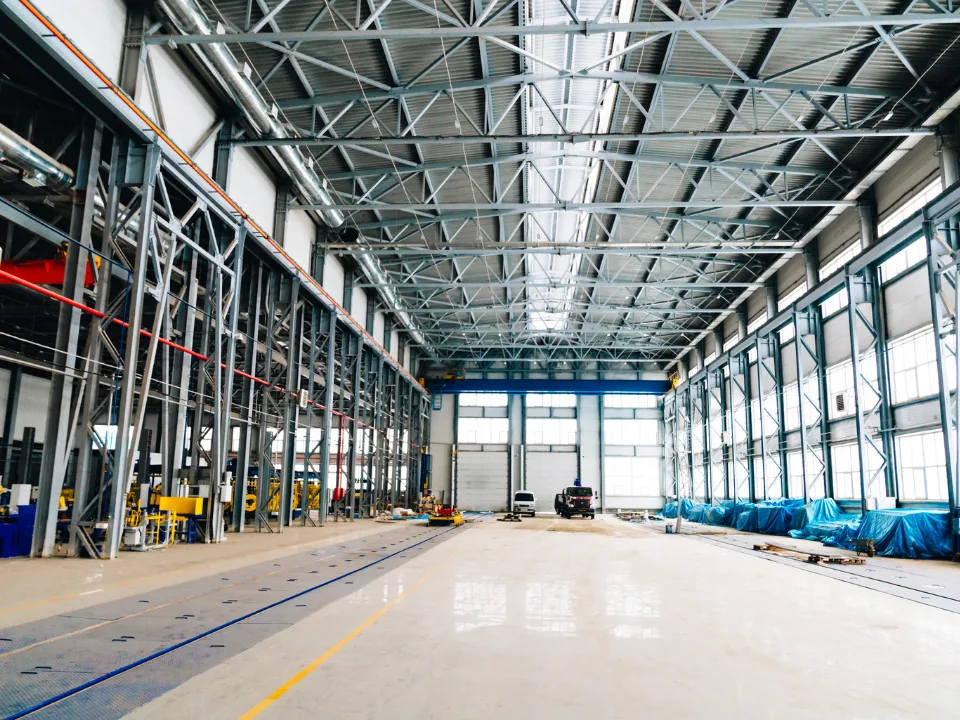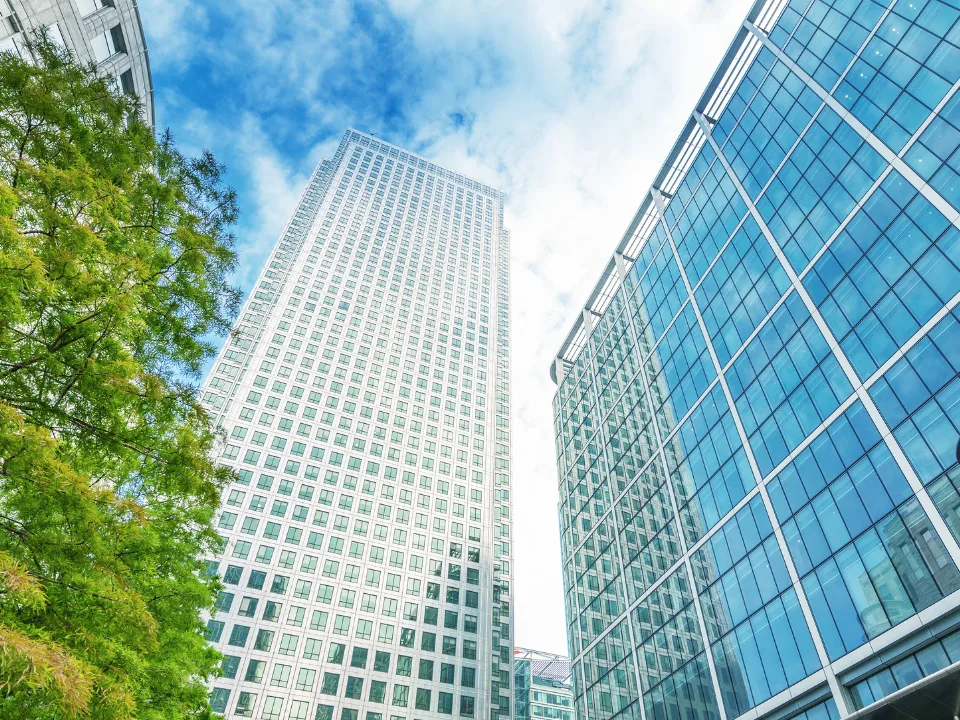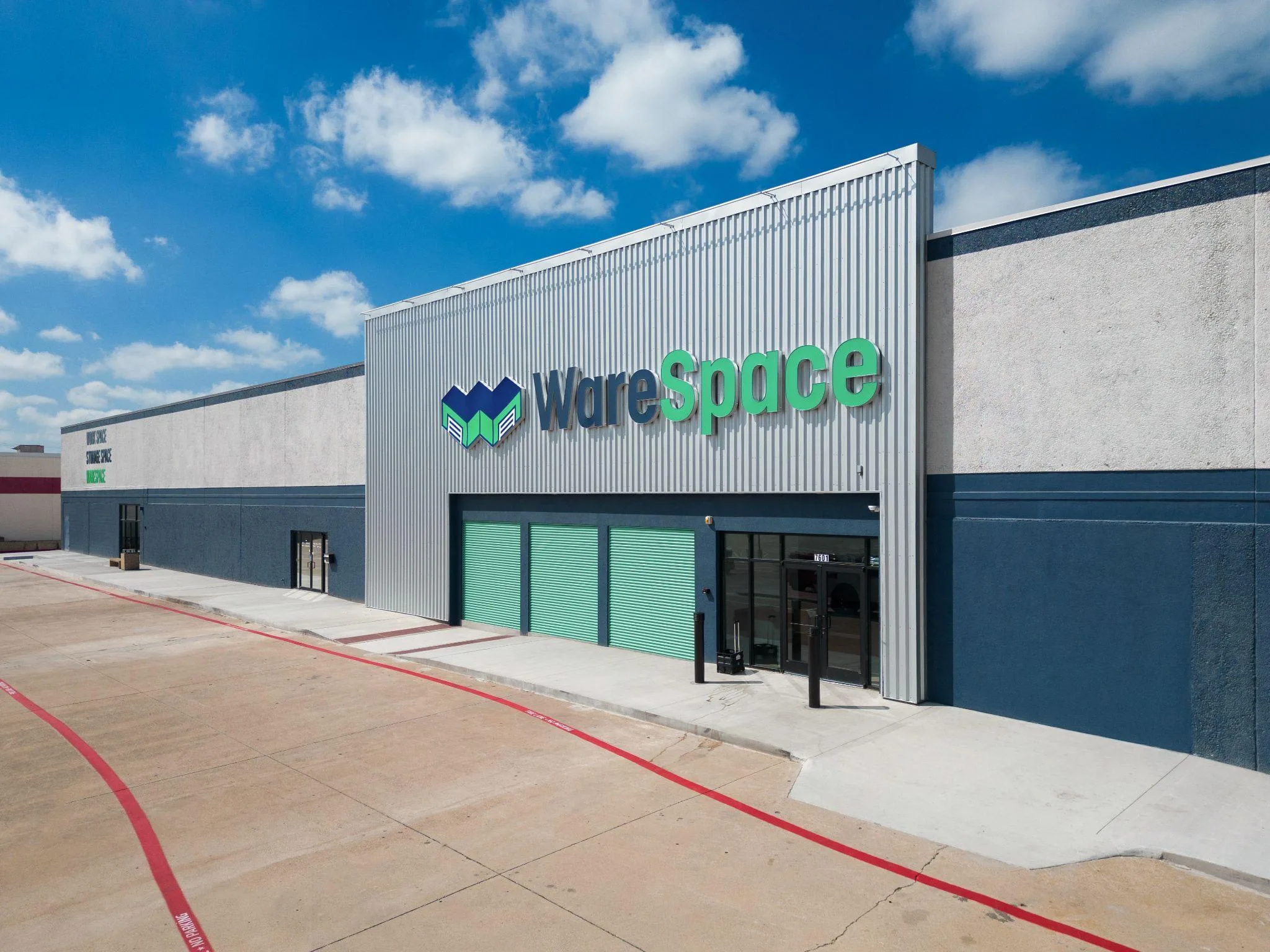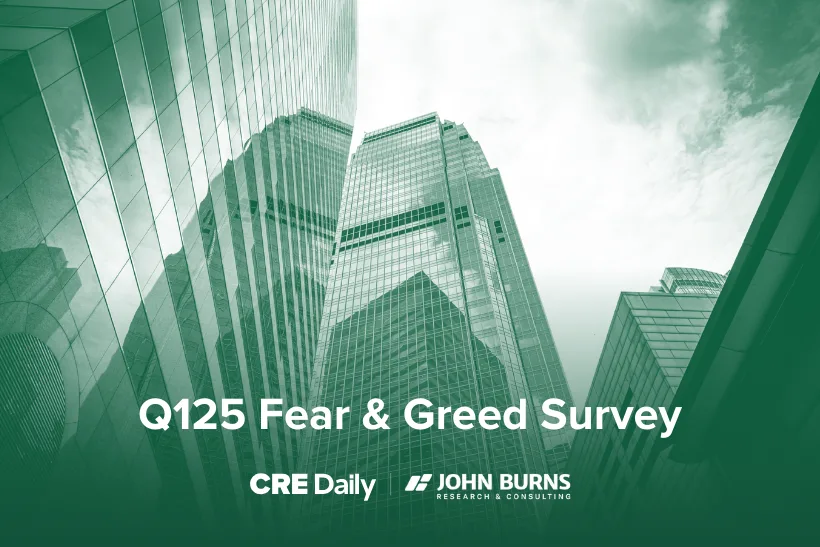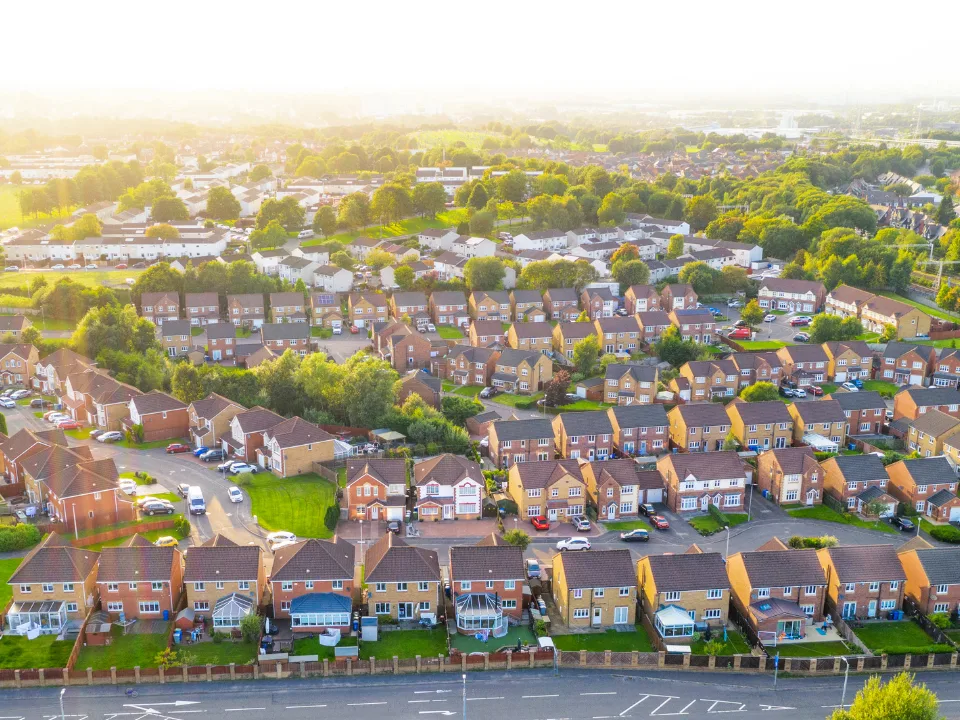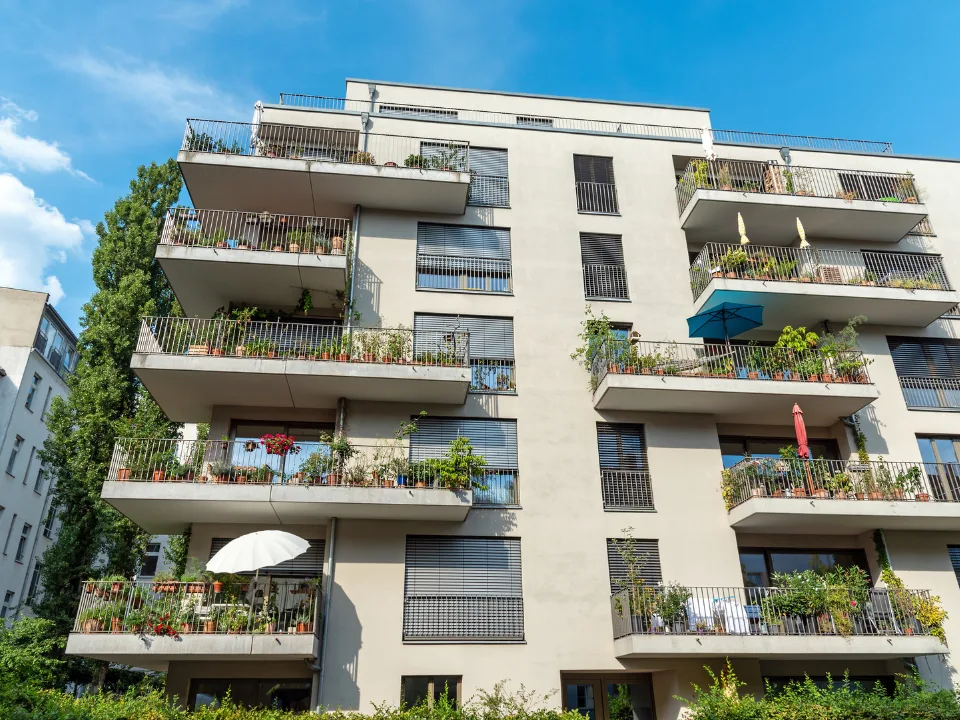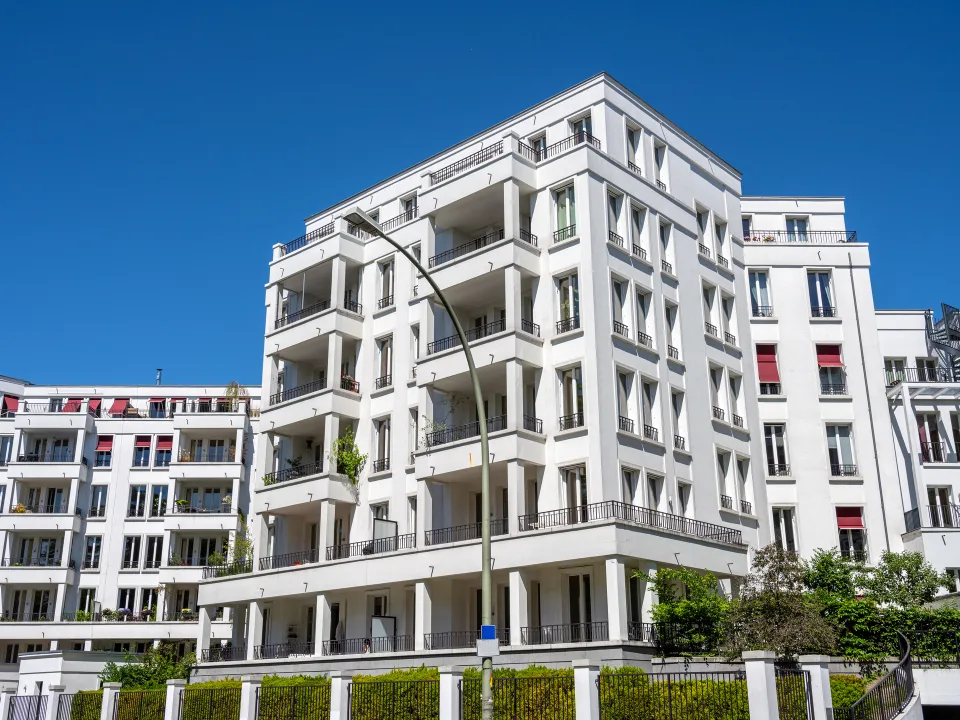- Leading office landlords including BXP, Hudson Pacific, and Vornado say leasing demand remains steady despite macroeconomic headwinds such as tariffs and elevated interest rates.
- Leasing volumes in Q1 2025 were among the strongest since the pandemic began, driven by pent-up demand and renewed return-to-office efforts.
- The office market remains divided: Class A buildings are faring significantly better than lower-tier properties, where vacancy and financial distress remain elevated.
Steady In the Storm
The nation’s top office landlords are signaling confidence in the office sector’s recovery despite economic uncertainty, reports CoStar.. In recent earnings calls, companies including BXP, Vornado Realty Trust, Hudson Pacific Properties, Kilroy Realty, and Highwoods Properties emphasized that tenant demand has remained stable — and in some cases even grown — through the first quarter of 2025.
“We’re well positioned to continue this outperformance amid the economic uncertainty of government cutbacks, global tariffs, and the potential of a looming recession,” said Brian Leary, COO of Highwoods Properties. “These headwinds have not deterred our customers from executing leases.”
Leasing Rebounds, Construction Slows
Office leasing surged in Q1 2025, with CoStar data showing volumes approaching pre-pandemic levels. A notable trend: more companies are occupying space rather than downsizing, with many catching up after years of pandemic-era lease delays.
Meanwhile, construction starts remain at historic lows. This lack of new supply could help stabilize the national vacancy rate, which currently sits at 14%.
Cousins Properties CEO Colin Connolly noted, “Demand remains robust across our markets and industries. Many companies are still playing catch-up from the pandemic, creating pent-up demand.”
Get Smarter about what matters in CRE
Stay ahead of trends in commercial real estate with CRE Daily – the free newsletter delivering everything you need to start your day in just 5-minutes
Class A vs. Everyone Else
The bifurcation of the office market continues to deepen. Premium buildings — typically newer, well-located, and amenity-rich — are experiencing stronger leasing momentum. CBRE reports a 13% vacancy rate for top-tier space, compared to 19% for lower-tier properties.
Hudson Pacific Properties, despite operating in some of the most challenged urban markets, signed nearly 630,300 SF in leases in Q1 2025 — up from 500K SF during the same period last year.
“We continue to see signs of improving or stabilizing fundamentals,” said Hudson CEO Victor Coleman. “So far, tariff concerns have not translated into reduced tenant activity.”
Longer-Term Outlook: Cautious But Prepared
Office Landlords acknowledge that risks remain. Recession concerns, trade policy shifts, and capital constraints could stall leasing activity, especially in underperforming buildings that require costly renovations or conversions.
Douglas Emmett CEO Jordan Kaplan summed up the cautious optimism: “Our leasing pipeline remains healthy, but we are keeping a weather eye on the broader economic landscape.”
Why It Matters
Despite macroeconomic volatility, demand for high-quality office space is holding strong. The ongoing shift toward best-in-class buildings underscores a growing divide in the market, reinforcing the importance of location, amenities, and asset quality in today’s leasing environment.
What’s Next
Landlords and tenants alike will continue to navigate a choppy economic outlook. Still, with limited new supply and growing return-to-office trends, the recovery for top-tier office properties appears on track — at least for now.
